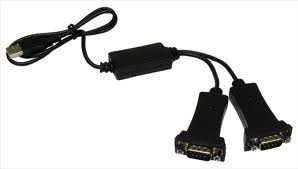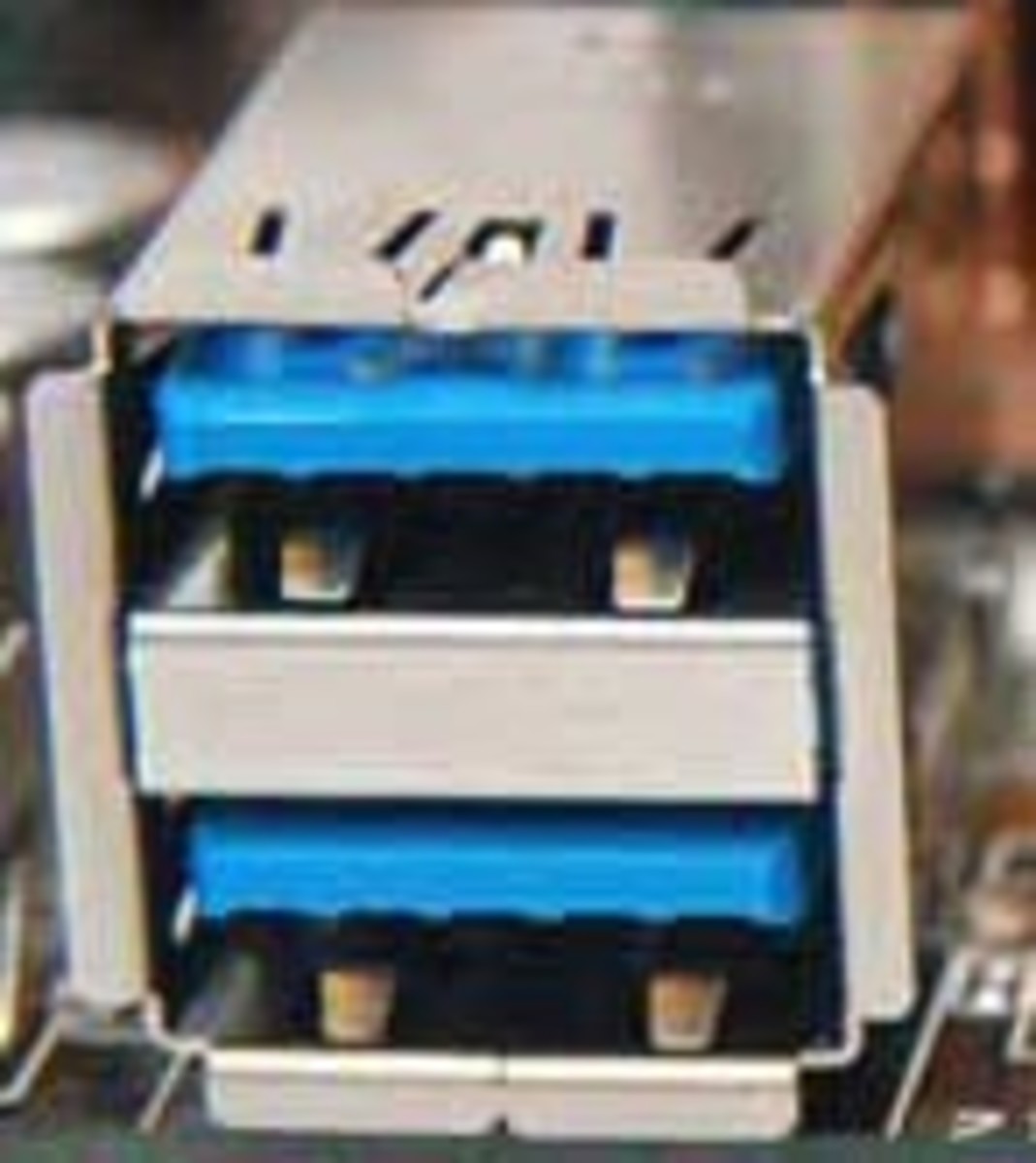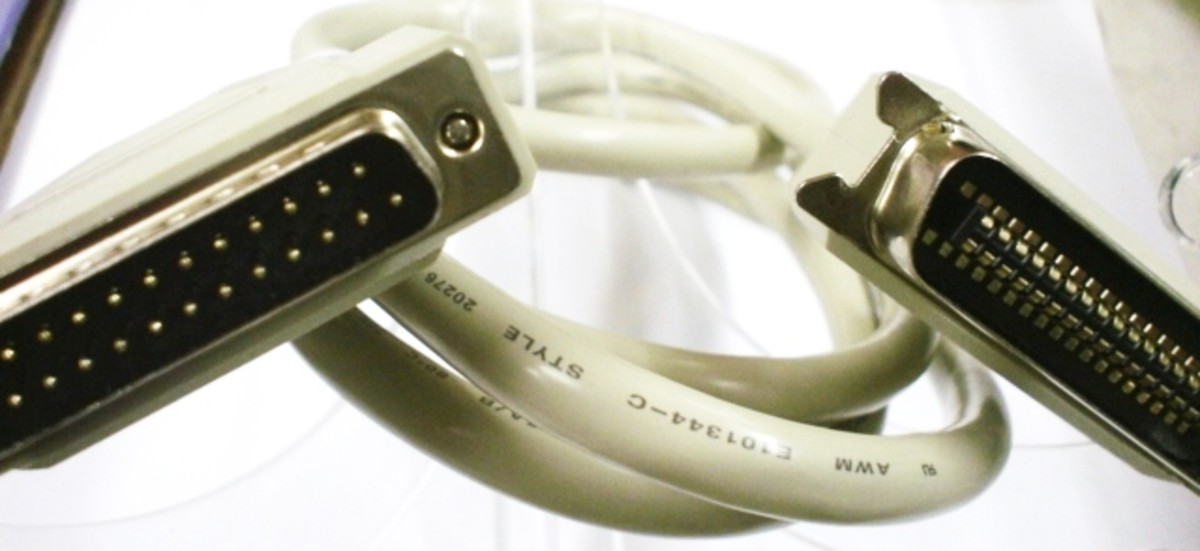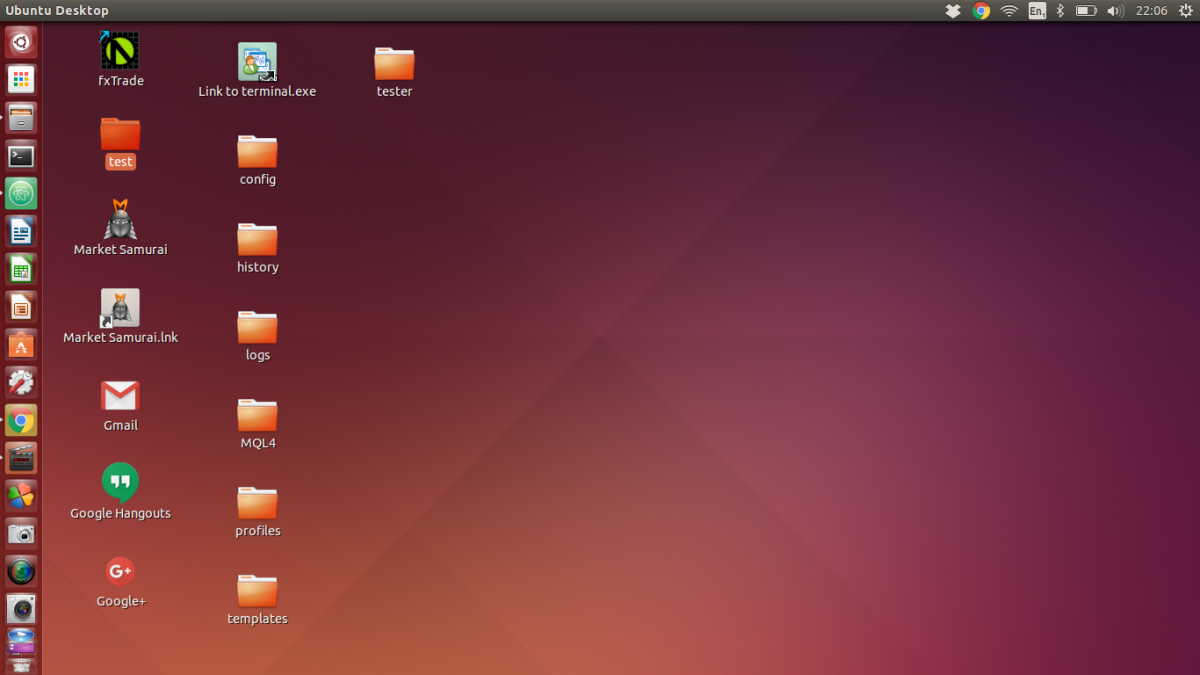- HubPages»
- Technology»
- Computers & Software»
- Computer Buying Guides»
- Buying Peripherals
Difference of Serial, Parallel & USB Ports


Difference of serial, usb and parallel ports
There are different types of port used to transfer of data between the internal and external devices using different types of cables through peripheral interfaces. As technology advances, older computer technologies like parallel and serial ports are replaced by newer forms like USB, or Universal Serial Bus, and IEEE 1394, or FireWire. Parallel and standard serial ports come with several differences when compared to newer technology.
1. Parallel Ports
In the early years of computers, the parallel port, the most common interface on a computer that is intended primarily for printers and other devices. The downloaded data eight bits at a time over eight separate lines in a parallel cable with a DB-25 female connector, part of D-Subminiature connector style.
Speed data transfer is limited to 150 Kbps (kilobits per second) and could only send a range of ten meters. Standard parallel ports only transmit data unless it was a two-port, which most computers are equipped with the 1994th
2. Serial Ports
Serial ports, also called COM ports used to connect devices such as modems via a serial interface connection means that a data bit in the order of one second. It is located on the back of a PC.
Especially, it was a 9-pin and 25-pin male size. The transfer speed is limited to 57KBps and a maximum cable length of 50 meters.
3. USB
USB ports are run on computers since 1995 and became standard on most computers in 1998. They are another type of serial port with the name of that comeing to a wide range of different devices such as keyboards, printers, scanners and mice to connect to. It is designed to plug and play, a force that both the parallel and serial ports to a standard to be defective.
It is also expanding the use of USB hubs USB ports along with data if necessary, another option is missing from its predecessors. USB has a number of specifications that the performance increases. The first incarnation had a transmission speed of 12 MBps (megabytes per second) and up to 480 Mbps in version 2.0 makes it much faster than the older form factors increased. This technology also cover the other external devices like mobiles, cameras and almost all other technology related items.





